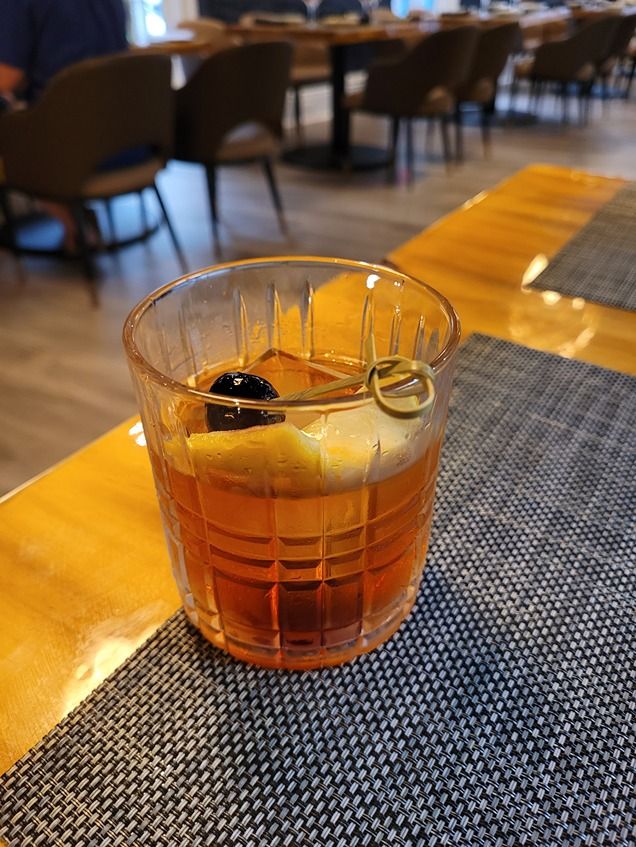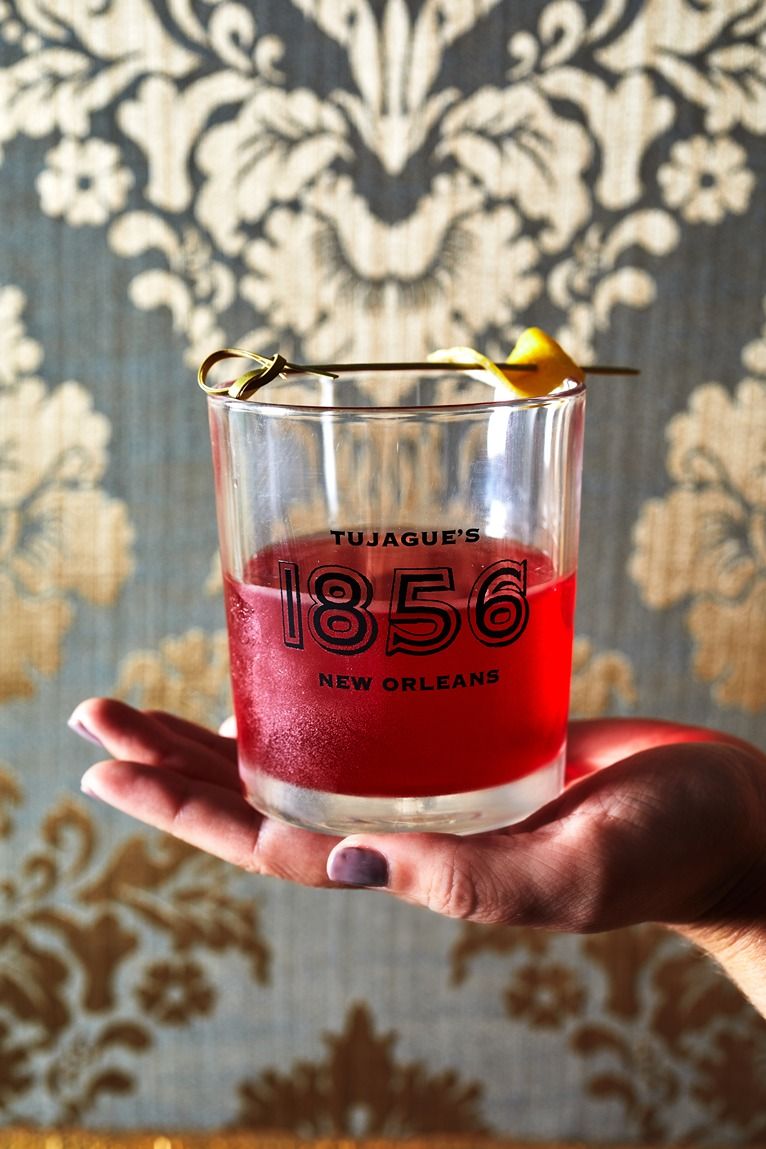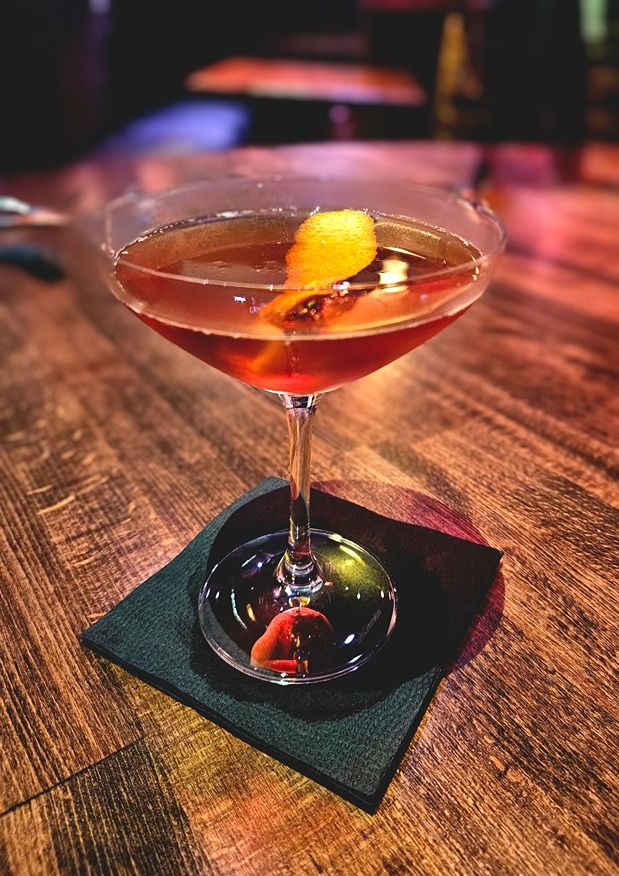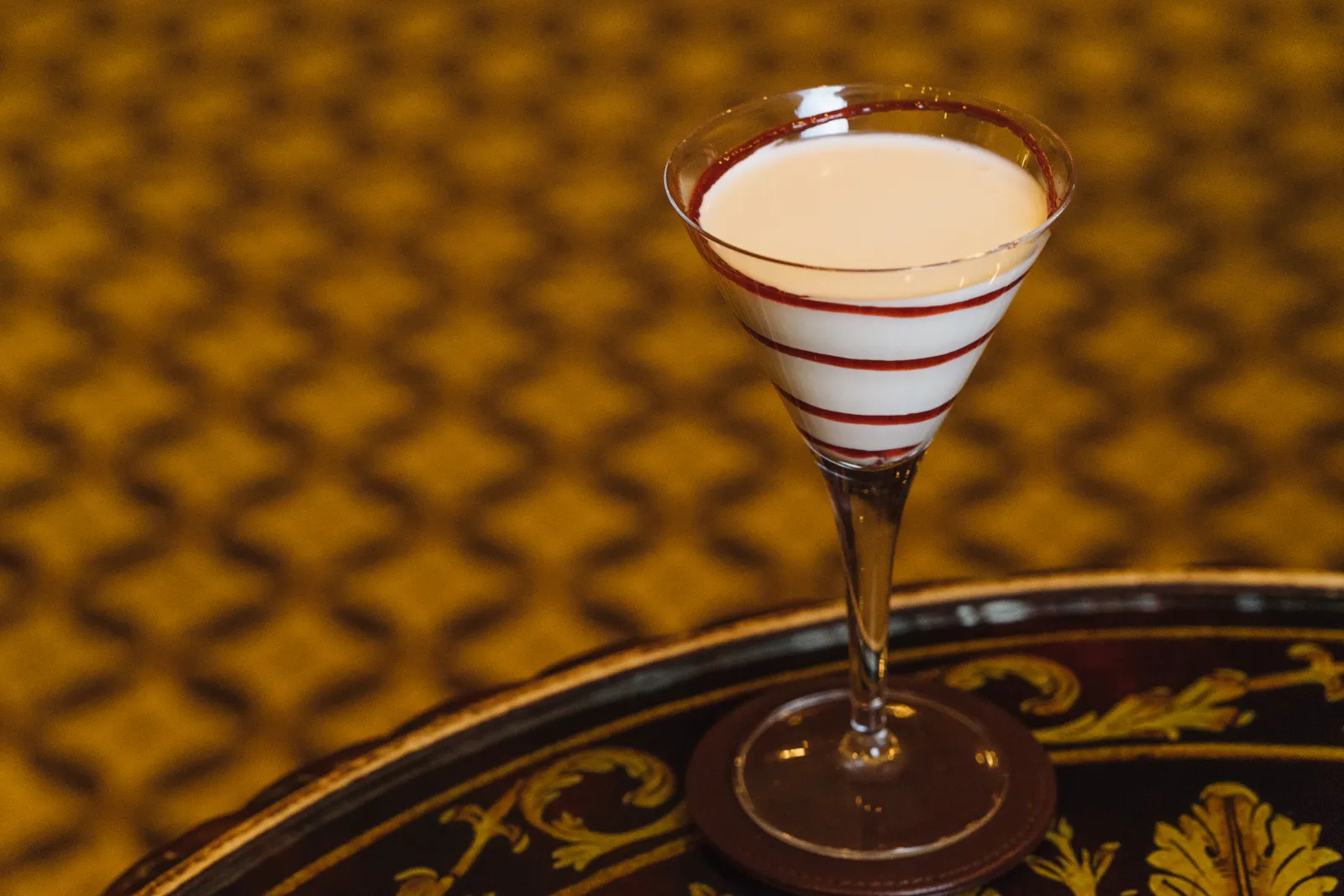Crafting in the Crescent City
New Orleans is not a virgin to craft cocktails—unless you take your drinks that way.
The Sazerac—along with two of the ingredients included in the cocktail, Herbsaint and Peychaud bitters—were created in New Orleans. The Ramos Gin Fizz and Absinthe Frappé recipes are also native to New Orleans. The art of making cocktails had time to develop and flourish due to New Orleans' laissez-faire temperament. It was only a matter of time before more stand alone craft cocktail bars emerged in the city.
Being notable for its free spirited nature, spirits in other dimensions, and spirits in liquid form, New Orleans prompted an industry with idiosyncrasies that are just as unique and quirky as the city to emerge and expand: craft cocktail bars.

HISTORY
New Orleans has a committed yet complicated relationship with liquor; however, the immersive experience that is paired with enjoying a New Orleans cocktail is just as remarkable as the drink. Each ingredient single-handedly plucked from around the world and brought to New Orleans details a story of combining flavors and embracing the complexities of them.
Stanley Clisby Arthur, author of Famous New Orleans Drinks and How to Mix 'Em, wrote, "Oldtimers will tell you the three outstanding drinks of New Orleans in the memory of living men were the dripped Absinthe Frappé of the Old Absinthe House, the Ramos Gin Fizz, and the Sazerac cocktail."

Starting with the Ramos Gin Fizz, the drink did not get introduced to the city until 1888 when Henry C. Ramos moved to New Orleans from Baton Rouge after purchasing the Imperial Cabinet. The original recipe included powdered sugar, lemon and lime juice, egg whites, milk, gin, seltzer water, and vanilla bean extract (optional). This show stopping drink was so popular upon introduction that during the 1915 Carnival season, Henry C. Ramos hired 35 shaker boys just to make gin fizzes, and they were still struggling to keep up with the demand.
The Sazerac's story begins with an exclusive Cognac only imported to New Orleans called Sazerac-de-Forge et fils from Limoges, France. John B. Schiller opened a bar named Sazerac Coffeehouse and was the only person in the city with that specific cognac. Although Schiller's business was successful, Thomas H. Handy became the new proprietor—changing the name to Sazerac House, replacing Cognac with rye whiskey in the Sazeracs, and adding a touch of absinthe to the recipe.
Absinthe, interestingly enough, originated in Algeria and was popular among French soldiers. When it eventually found its way to New Orleans, Cateyano Ferrér, an immigrant from Barcelona, opened the Absinthe Room in 1874. Cayetano found fame through the popularity of the green drink, and business was successful until the building was padlocked due to Prohibition. Following Prohibition, Pierre Cazeboone purchased antiques from the Absinthe Room, and it reopened as The Old Absinthe House with one of Cayetano's sons, Jacinto Ferrér, as the bartender.
RELATIONSHIP
New Orleans' relationship with alcohol may seem a little unorthodox to those who don't live here, just like any other culture that has not been experienced first hand. However, just like every other culture, all it takes is a group of people to establish meaning, tradition, and community to turn the unorthodox to conventional.

Following the Louisiana Purchase, New Orleans' already diverse population increased significantly. Flowing out of the melting pot came a new variety of people, food, and alcohol. Although public drinking was legal throughout the U.S., New Orleans always seemed to leave a bad taste in a few visitors' mouths. Henry B. Whipple, who eventually became the Episcopal Bishop of Minnesota, visited New Orleans in 1844. In his diary, he wrote, "Drinking is an awful vice here."Whipple may have been alluding to New Orleans being a lush city due to the wide variety of spirits available at the time. Perhaps the idea of having an excessive amount of alcohol would lead to salacious behavior. While that can be very true, what did emerge from this copious amount of liquor was experiments, enterprise, and camaraderie.
An Italian immigrant named Joseph Santini opened a coffeehouse called Jewel of the South in 1833. His experiments with cocktails revolutionized the drinking culture in New Orleans by simply adding citrus into cocktails. His inclusion of citrus jump started the creation of citrus forward cocktails like the Sidecar and margarita.
CONCLUSION

New Orleans has always fought to continue and maintain her relationship with alcohol. Our love for booze transitioned into culture, community, business ventures, and good times. New Orleans may be a little slow presently with economic progression; however, the city has been able to uphold her identity and traditions throughout centuries. The craft cocktail bars we know and love today would not have been embraced had it not been for New Orleans doubling down on the favorability of alcohol.
Craft cocktail bars are able to flourish in New Orleans because the buying, selling, and consumption of alcohol are socioeconomically woven into the fabric of the city. To locals, alcohol is not about getting drunk. It's about enhancing the social experience and reconnecting with people. Plus, you deserve to have a drink that tastes just as exquisite as your food.

